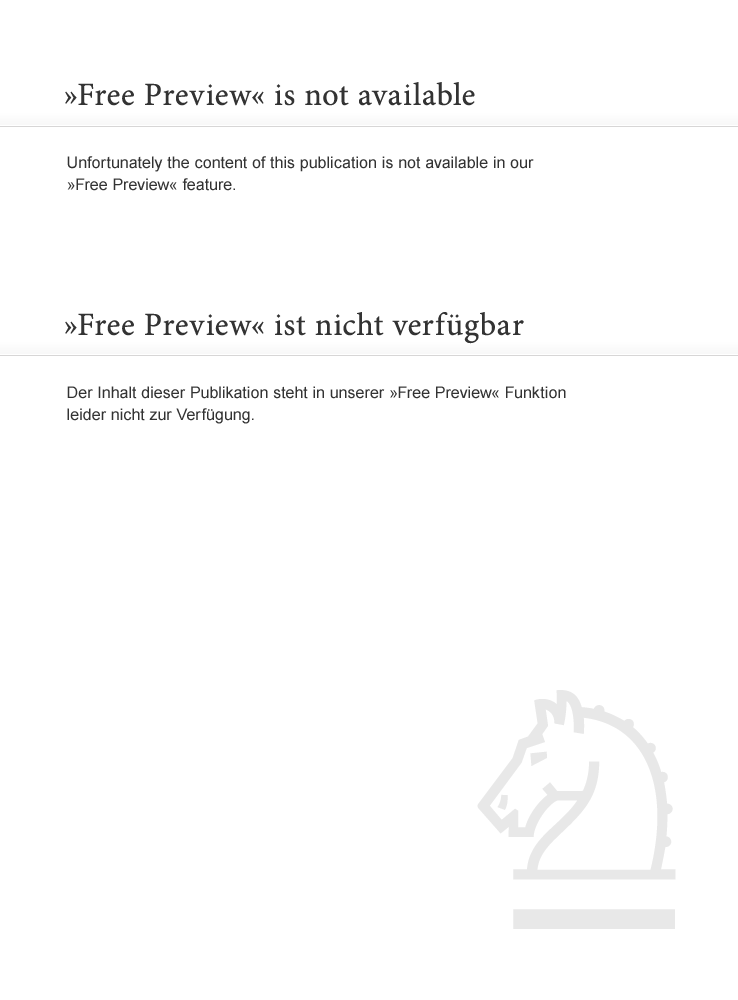Financial Forecasting The Bayesian Method_1
Post on: 16 Март, 2015 No Comment

Forecast Errors
- Types of Errors
- Cost of Errors
Time Series
A time series is a sequence of measuments made at regular times, for example, daily temperature at noon, monthly earnings, number of babies born each year in Chicago.
Notation
The letter t will donote the time period, t = 1, 2, and so on. The measurement at time t will be written x[t]. The next measurement in the sequence would be x[t+1]. The preceding measurement would be x[t-1]. On paper the t would normally appear as a subscript rather than in brackets. Letters other than x can be used to denote distinct time series, for example, y[t]. Writing all the symbols on one base line is awkward, but the result is readable with any web browser.
The forecast made at time t of the measurement at time t+L will be written x^[t](L). Think of the notation this way. The first letter, x in this case, specifies a particular time series. The circumflex ^ identifies the value as an estimate rather than a known value. This is a common part of notation in statistics. The number in brackets is the time at which the estimate is made. The number in parentheses is the leadtime for making the forecast. For example, x^[2](3) is the forecast made at time 2 for the measurement that will be made at time 5.
In practice the most common leadtime is one period. For ecomony the one period ahead forecast x^[t](1) will be written simply x^[t].
The error of a forecast is x[t+L] — x^[t](L). When context identifies the time series under consideration, this error will be written e[t](L). When L = 1. the error will be written simply e[t].
Common Types of Time Series
- Demographic
- population
- births
- marriages
- immigration
- emigration
- diseases
- accidents

Features of Time Series
- Noise
- Structure
- level
- trend
- repeating patterns
- Regular repetition is called seasonality. for example, every 12 months, 4 quarters, 7 days, or 24 hours.
- Business cycles are an example of irregular repetition.














